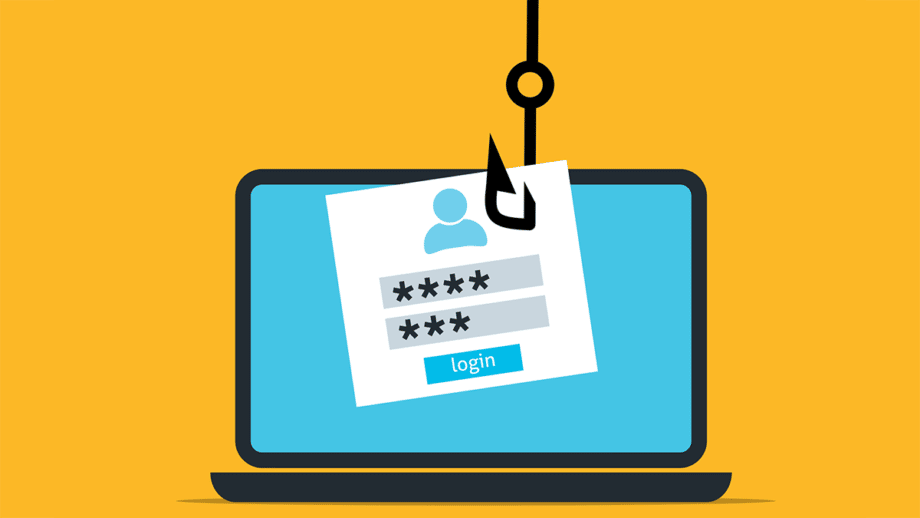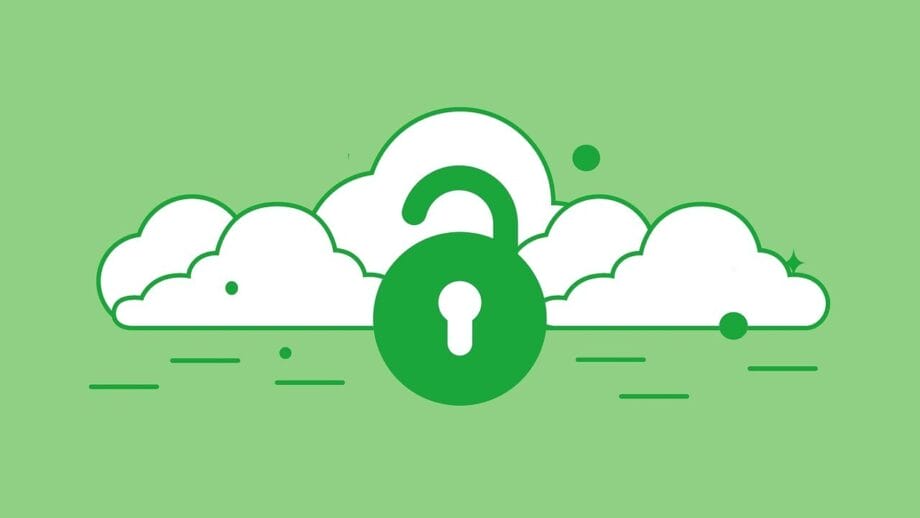The rising government policies promoting initiatives for small businesses are consequently boosting the global economy, yet small businesses are also a prime target for cybercriminals. In 2025, cybercriminals are leveraging artificial intelligence (AI) and advanced social engineering strategies to exploit the liabilities of small businesses.
Additionally, the misunderstanding that small businesses are not susceptible to ransomware attacks, data breaches, or business email compromise can be terrible, leading to financial ruin, loss of customer trust, and other consequences.
The growing cybersecurity industry is paving the way towards the adoption of powerful and accessible tools specifically designed for the needs of small businesses. The shift from a basic antivirus program to a multi-layered security strategy is driving the demand for cybersecurity measures. This article mainly focuses on various cybersecurity tools for small businesses available in 2025.
1. Advanced Endpoint Protection: The Evolution of Antivirus

The traditional antivirus software is an essential component to detect known threats, but it is no longer sufficient to combat modern attacks such as fileless malware, zero-day exploits, and others, which change their code to avoid detection.
In 2025, small businesses must adopt Endpoint Detection and Response (EDR) solutions. The EDR tools use AI and behavior analysis to continuously monitor all activity on a device, aiming to detect suspicious behavior apart from known malware. Additionally, if a threat is detected, the EDR system automatically notifies the user and even rolls back the malicious changes to their original state.
- CrowdStrike Falcon Go: The Falcon Go is the gold standard for many businesses, offering enterprise-grade EDR in a package tailored for small businesses. Also, it uses a lightweight agent and a cloud-native platform to provide real-time threat detection and response. Additionally, the AI-powered platform learns from millions of endpoints, consequently helping the AI platform to stay ahead of new and emerging threats with minimal performance impact on users’ systems. Further, the easy-to-use dashboard simplifies threat management, making it an excellent choice for small businesses without a dedicated IT security team.
- Sophos Intercept X: Sophos has a significant market share in the cybersecurity industry, and its Intercept X product is excellent at advanced anti-ransomware protection. Additionally, the product features include CryptoGuard, which is essential for detecting ransomware attacks and automatically restoring encrypted files to their original state. Further, the solution has integrated deep learning models to identify and block never-before-seen threats.
- SentinelOne Singularity: The rising demand for highly autonomous solutions specially designed for small businesses is driving the adoption of SentinelOne. The platform leverages machine learning to offer autonomous threat detection and response, automatically fixing threats without the need for constant human intervention is driving the adoption by small businesses with limited IT staff.
2. Identity and Access Management (IAM): The New Security Perimeter

With the rise of cloud services as well as remote and hybrid work, the adoption of traditional network perimeters is eliminated, which in turn is driving the demand for robust Identity and Access Management (IAM) tools for employees to identify themselves to access the system, and is becoming the new security boundary.
The key component of IAM for small businesses is Multi-Factor Authentication (MFA). The MFA needs users to provide two or more verification factors to access an account, such as a password and a one-time code from a mobile app or e-mail. Thus, the MFA is a powerful tool helping to significantly reduce the risk of breach, even if a password is stolen in a phishing attack.
- Microsoft Entra ID (formerly Azure Active Directory): The businesses that are leveraging the Microsoft 365 ecosystem can easily use Entra ID, which offers a seamless way to implement MFA and Single Sign-On (SSO). Additionally, the tool offers features such as centralized identity management, making it easy to access and control various applications and services, ranging from cloud-based platforms to internal company resources.
- Duo Security: Duo is an easy-to-use, cloud-based MFA solution that can be easily deployed across an organization. Additionally, the tool offers a variety of authentication methods, from push notifications on a smartphone to biometrics, as well as integrates with a wide range of business applications, including VPNs and on-premises systems.
- Password Managers (1Password, LastPass): Tools such as 1Password and LastPass help employees generate and store strong, unique passwords for each account. Additionally, the platforms offer features such as secure password sharing and alert users if their credentials have been compromised in a data breach.
3. Email Security and Phishing Prevention

Phishing is a primary attack path for small businesses. Cybercriminals often use advanced strategies for creating convincing emails that can easily trick employees into providing sensitive information, downloading certain malware, or transferring funds.
- Microsoft Defender for Office 365: If your business utilizes Microsoft 365, this tool is a combined, powerful solution for facilitating email security. It offers improved protection from spam, phishing, as well as malware. Its primary features are “Safe Attachments,” which analyzes email attachments in a secure sandbox environment for checking any sort of malicious content, and “Safe Links,” which can rewrite and scan URLs in real-time for protecting users from malicious websites.
- Phishing Simulation and Training (Cofense, KnowBe4): Human element and expertise play an important role in cybersecurity defense. Tools from companies like Cofense and KnowBe4 offer realistic phishing simulation campaigns to test your employees’ awareness. They also provide a library of training modules for assisting employees in detecting and reporting threats, thereby turning them from a potential liability into a strong line of defense.
- Proofpoint Essentials: This solution is mainly designed for small and medium-sized businesses to provide complete email security with an emphasis on threat protection, archiving, as well as data loss prevention. Its user-friendly interface makes security management much easier, and it also provides essential information about the types of threats targeting your organization.
4. Backup and Disaster Recovery: The Last Line of Defense

No matter how strong your defenses may be, a breach or system failure is always a possibility. Having a solid backup as well as a disaster recovery plan is non-negotiable in 2025. It is the single most effective way for recovering from a ransomware attack, hardware failure, or even a natural disaster. The golden rule is a “3-2-1” strategy, which involves keeping three copies of your data, on two different media types, with one copy off-site.
- Acronis Cyber Protect: This is a complete solution that combines backup as well as disaster recovery with combined cybersecurity features. The solution has the ability to protect your data across virtual, physical, as well as cloud environments. The solution also offers features like AI-based ransomware protection that is capable of automatically recovering data if it is encrypted.
- Veeam Backup & Replication: Veeam is a significant player that is known for its reliable backup as well as recovery capabilities, mainly for virtualized environments. Veeam offers scalable solutions that can be utilized by small businesses and also provide numerous types of recovery options, ranging from individual files to entire systems.
- Cloud-Based Backup Services (Backblaze Business, Carbonite): Cloud-based backup services offer a simple, automated solution for small businesses that have straightforward backup requirements. Cloud-based backup services are easy to set up as well as manage, and they offer off-site data storage that protects businesses from physical disasters as well as ransomware attacks.
5. Network and Cloud Security

The modern small business considerably depends on cloud services and a complex network of devices ranging from desktops to IoT sensors. Protecting these environments usually needs dedicated tools.
- Next-Generation Firewalls (NGFW): An NGFW, like those from Fortinet or Palo Alto Networks, offers more features compared to traditional firewalls by examining the actual content of the network traffic for detecting and blocking a wider range of threats, including sophisticated malware as well as application-layer attacks. They play an important role in protecting the network perimeter.
- Zero Trust Network Access (ZTNA): ZTNA tools like Perimeter 81 or Twingate are a modern substitute for traditional VPNs. ZTNA operates on a “never trust, always verify” model. This confirms each and every user as well as device for all access requests, thereby lowering the risk of an attacker moving through the network.
- Cloud Security Posture Management (CSPM): As most businesses utilize cloud platforms like Azure or AWS, misconfigurations can result in serious security gaps. Tools like Wiz have the ability to automatically scan your cloud environment for detecting and improving security weaknesses as well as compliance issues, making sure that your cloud environment is as secure as possible.
Conclusion

In today’s interconnected world, where small businesses are witnessing considerable digitalization, the threat landscape is also growing constantly at a considerable pace. In 2025, cybersecurity tools will no longer be an optional expense for small businesses; rather, they will have become a strategic investment for facilitating business continuity as well as reputation.
The tools listed above signify a new generation of security solutions that are more integrated, more intelligent, as well as user-friendly compared to previous cybersecurity tools.
The key to a successful cybersecurity strategy involves making use of multi-layered defense tools that address common types of attack vectors like endpoints, emails, data, as well as identities. Combining improved endpoint protection, robust email security, reliable backups, strong identity management, as well as modern network controls can aid small businesses in creating a strong defense against the growing threats of the digital world.
Investing in the right tools as well as promoting a security-aware culture usually helps in making a huge difference in the current age of cybercrime.






